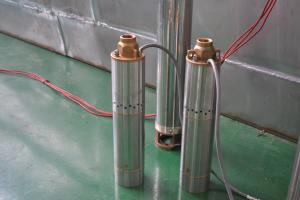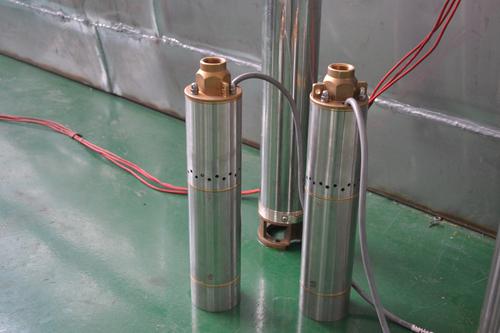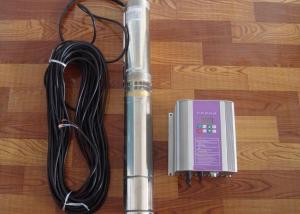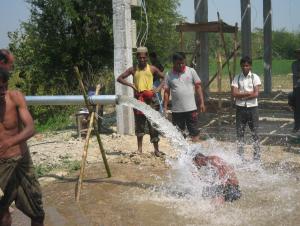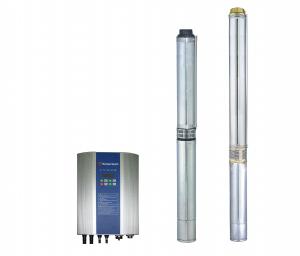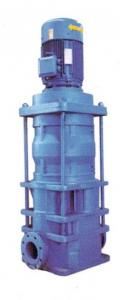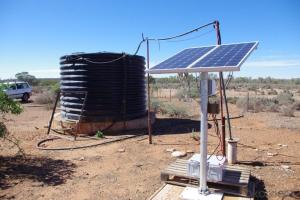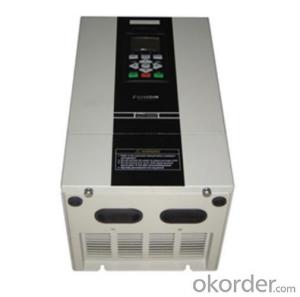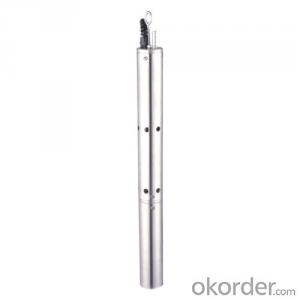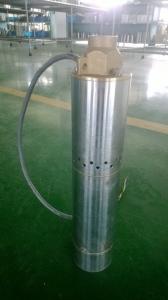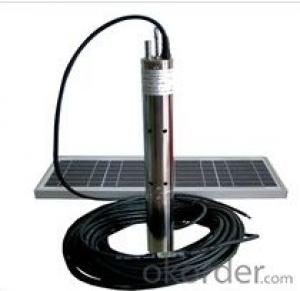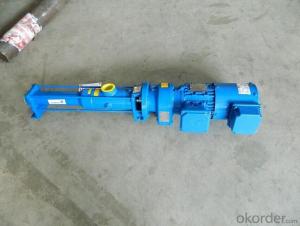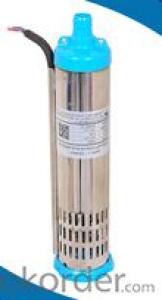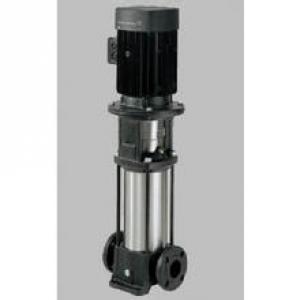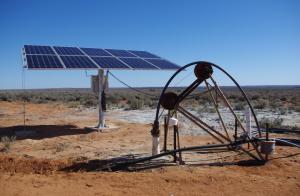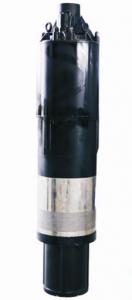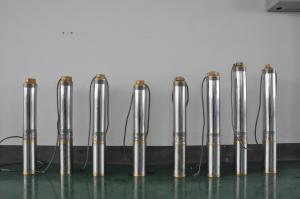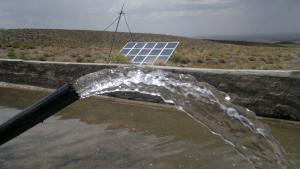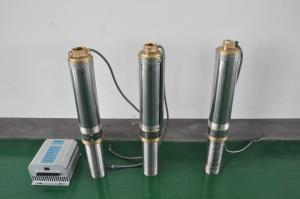Pentair Solar Screw Water Pump
- Loading Port:
- Shanghai
- Payment Terms:
- TT OR LC
- Min Order Qty:
- -
- Supply Capability:
- 300 set/month
OKorder Service Pledge
Quality Product, Order Online Tracking, Timely Delivery
OKorder Financial Service
Credit Rating, Credit Services, Credit Purchasing
You Might Also Like
how is the rotor made:
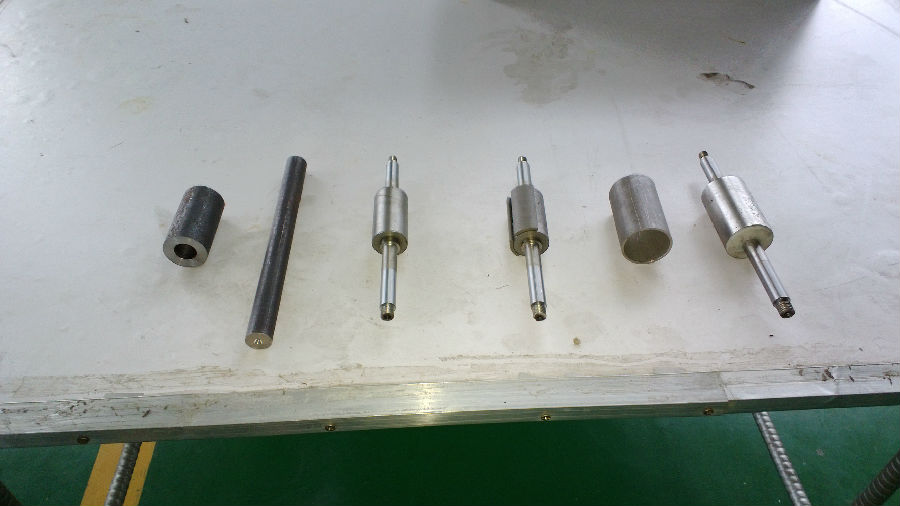
how is the motor made:
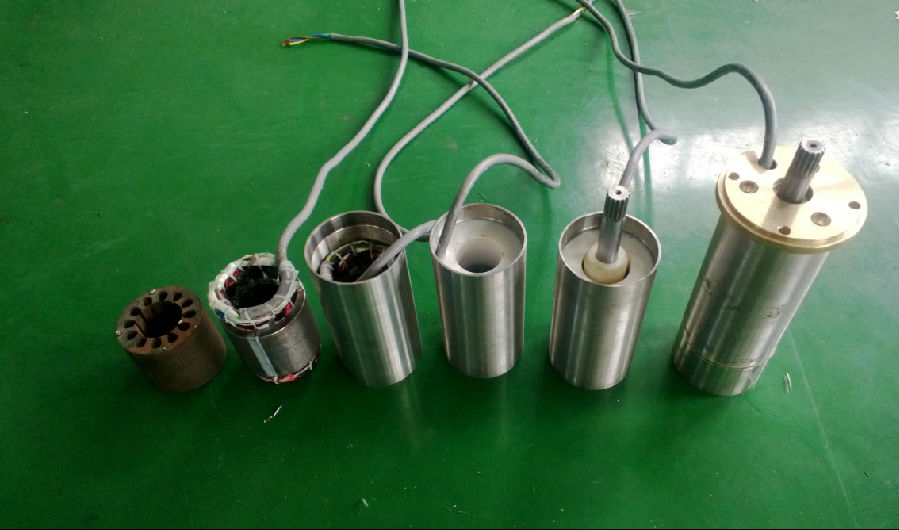
the pump :
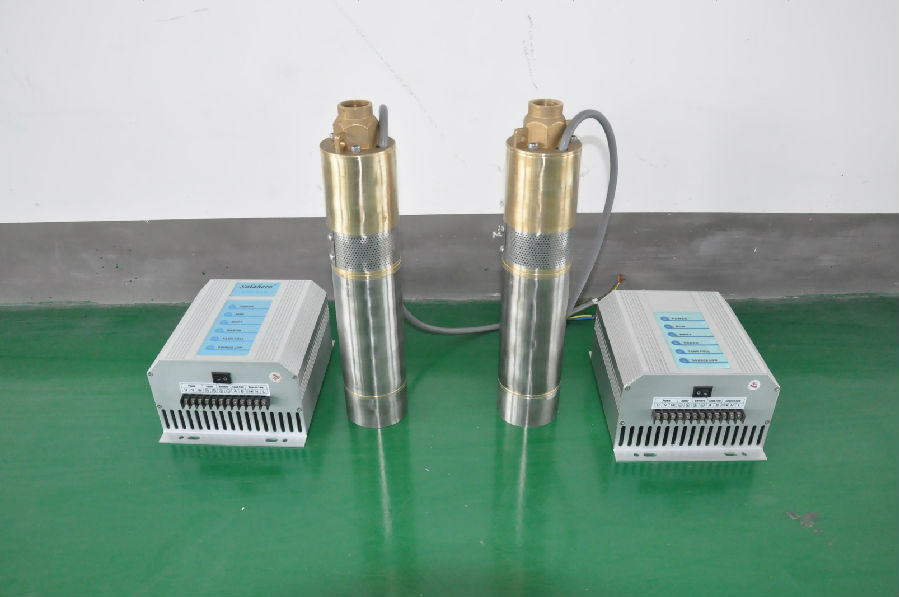
controller terminal connection:
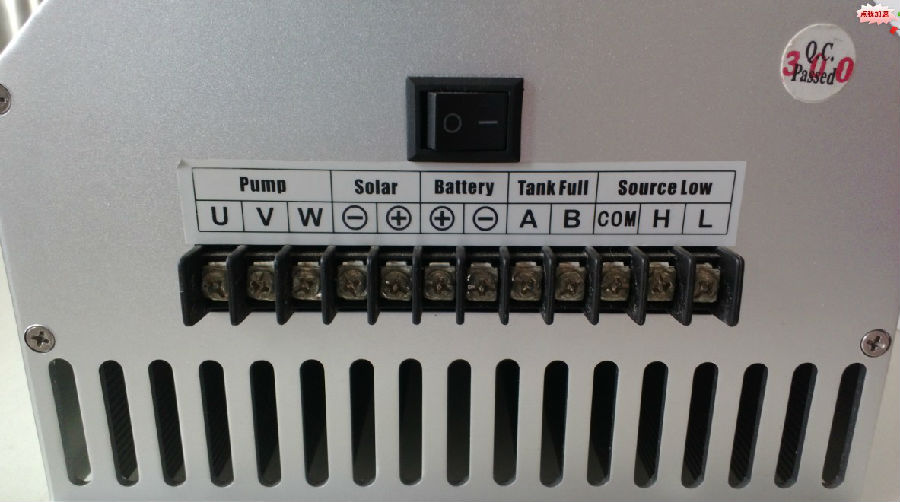
The permanent magnet:
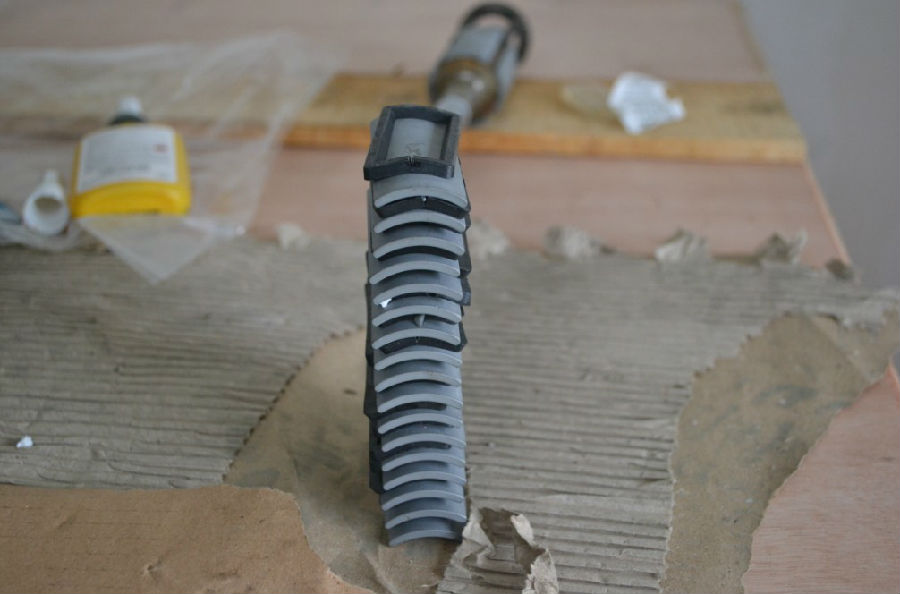
the helical screw:
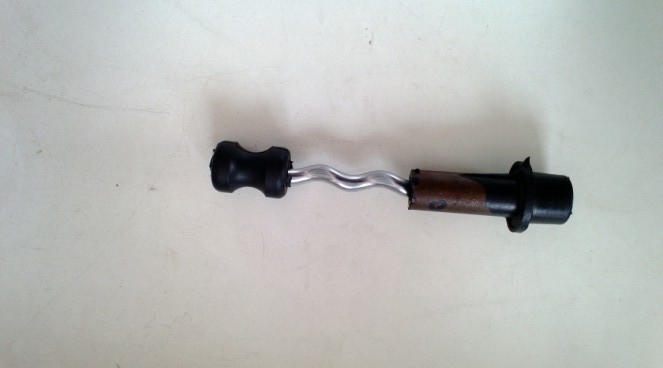
controller box:
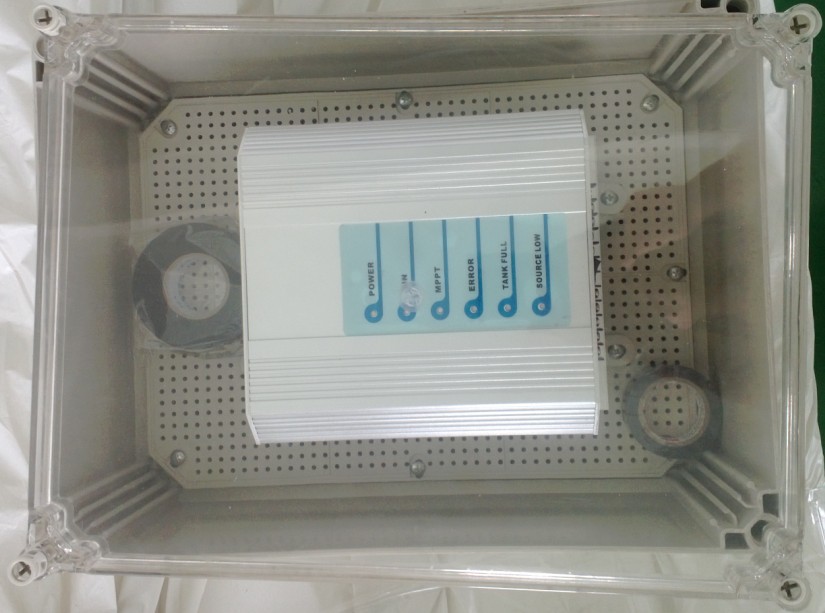
the senors:
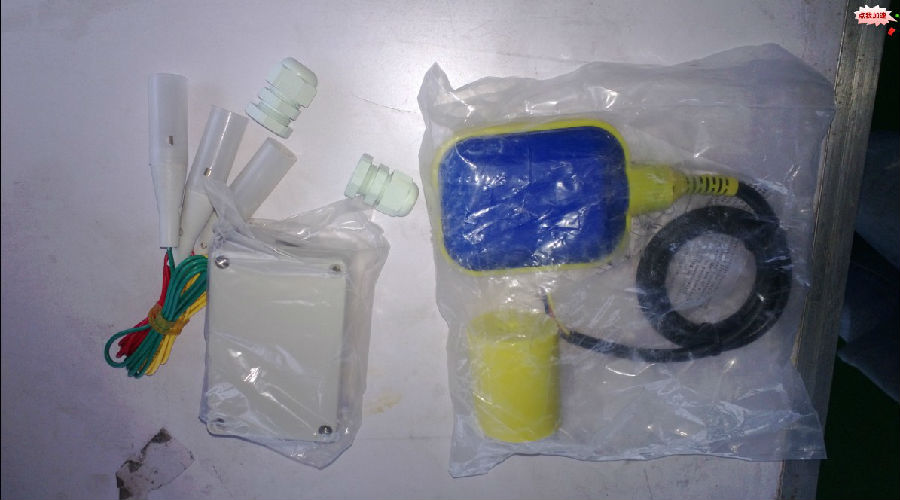
the test:
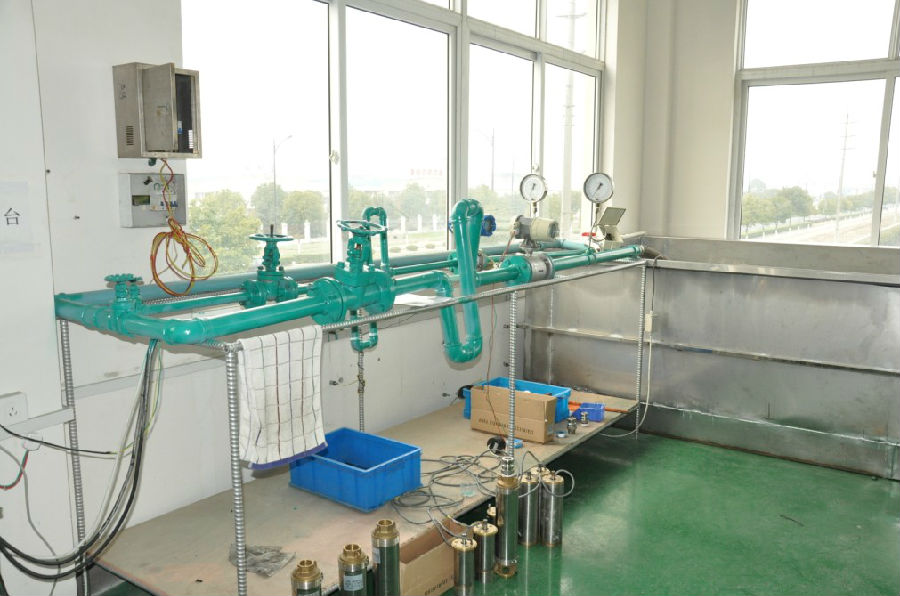
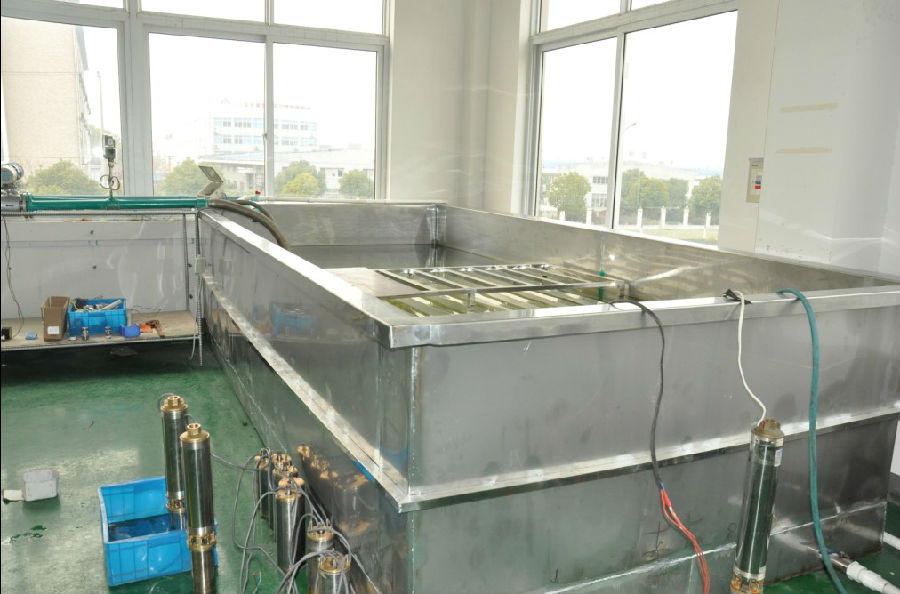
the application:
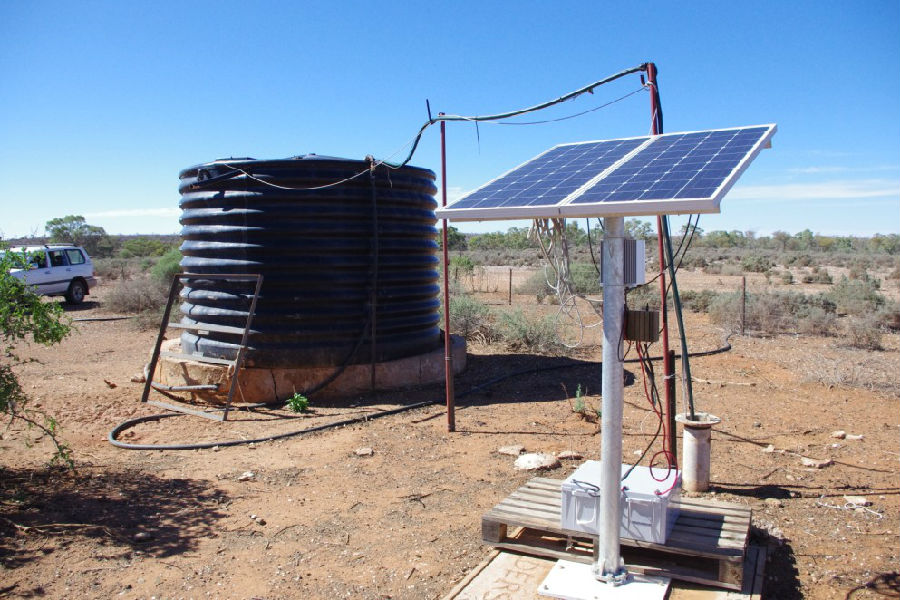
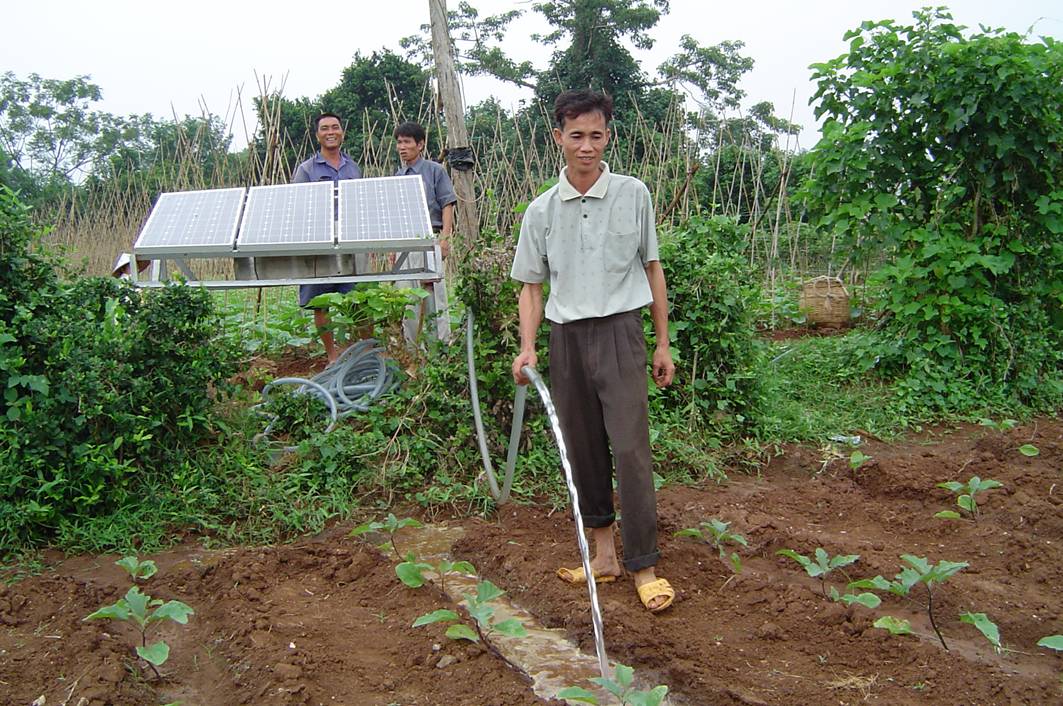
the package:
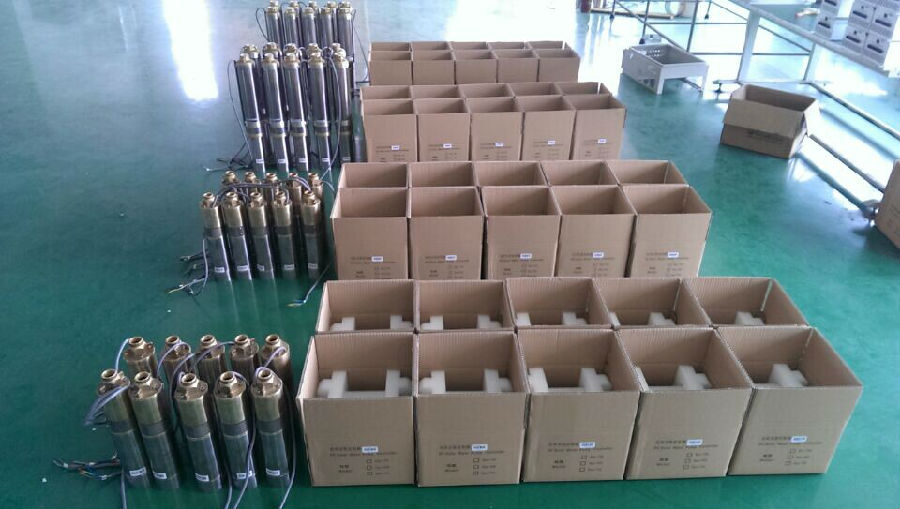
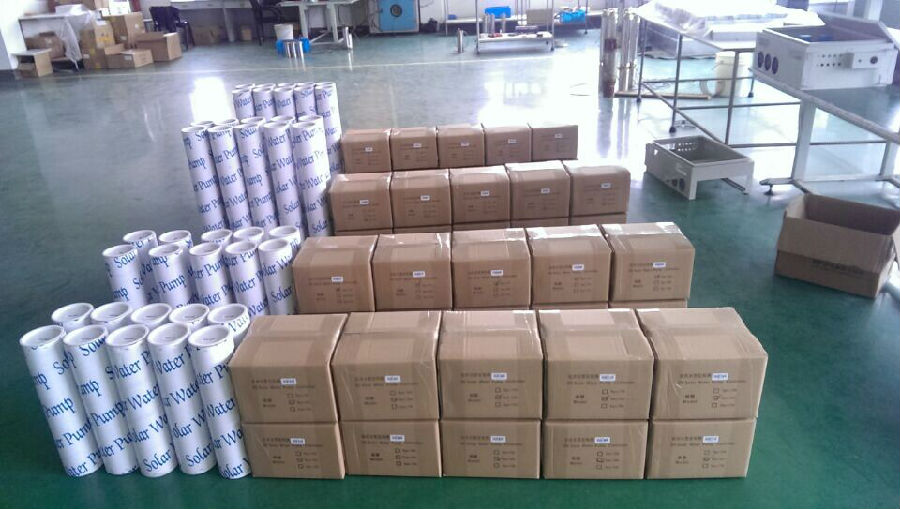
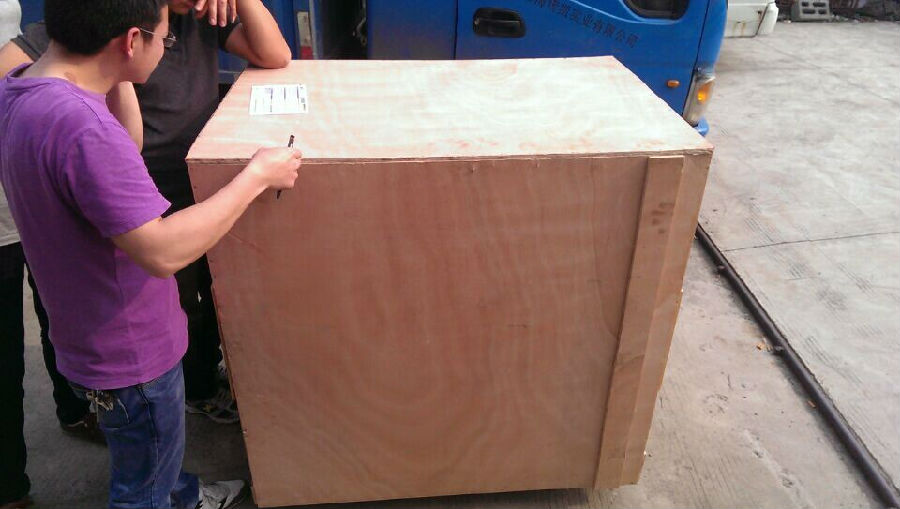
- Q: Are there any limitations to using a solar pump?
- Yes, there are some limitations to using a solar pump. One limitation is that solar pumps are dependent on sunlight, so they may not work efficiently or at all on cloudy or rainy days. Another limitation is that the amount of water pumped by a solar pump is directly related to the intensity of sunlight, so it may vary throughout the day and throughout the seasons. Additionally, solar pumps can be more expensive to install compared to traditional pumps, although they can save money in the long run due to lower operational costs.
- Q: Can a solar pump be used for fountains and decorative water features?
- Yes, a solar pump can definitely be used for fountains and decorative water features. Solar pumps are designed to operate using energy from the sun, eliminating the need for electricity or batteries. They are environmentally friendly and cost-effective, making them an excellent choice for powering fountains and water features.
- Q: Can a solar pump be used for water supply in horticulture farms?
- Yes, a solar pump can definitely be used for water supply in horticulture farms. Solar pumps are an environmentally friendly and cost-effective solution for irrigation purposes in agriculture. They harness solar energy to power the pump, eliminating the need for electricity or fuel. This makes them suitable for remote locations and farms with limited access to grid power. Solar pumps can efficiently provide water for irrigation, ensuring the optimal growth and health of plants in horticulture farms.
- Q: Can a solar pump be used in areas with high levels of bacteria or contamination in water?
- Yes, a solar pump can be used in areas with high levels of bacteria or contamination in water. However, it is important to note that a solar pump alone may not eliminate bacteria or contamination from the water. To ensure safe and clean water, additional water treatment methods such as filtration or disinfection should be implemented in conjunction with the solar pump.
- Q: Can a solar pump be used for water supply in schools or hospitals?
- Yes, a solar pump can be used for water supply in schools or hospitals. Solar pumps are reliable and efficient, providing a sustainable solution for water needs in these institutions. They can be used to pump water from wells, boreholes, or other sources, ensuring a consistent and clean water supply for students, patients, and staff. Additionally, solar pumps require minimal maintenance and have low operating costs, making them a cost-effective and environmentally friendly option for schools and hospitals.
- Q: What is the cost of installing a solar pump system?
- The cost of installing a solar pump system can vary depending on several factors. These factors include the size and capacity of the pump, the complexity of the installation, and the location. On average, the cost of a solar pump system can range from $3,000 to $10,000. However, it is important to note that this is just the initial installation cost, and there may be additional expenses for maintenance and repairs in the long run. Additionally, government incentives and rebates may be available in some regions, which can help offset the cost of installation. It is recommended to consult with a professional installer to get an accurate cost estimate specific to your requirements and location.
- Q: How does a solar pump handle water source contamination from fracking activities?
- A solar pump does not directly handle water source contamination from fracking activities. However, its use as an alternative energy source for pumping water can contribute to reducing the overall environmental impact of fracking by decreasing the reliance on fossil fuels. It is crucial to implement proper monitoring and treatment systems to address and mitigate any water contamination resulting from fracking activities.
- Q: Can solar pumps be used for water supply in remote research stations or observatories?
- Yes, solar pumps can be used for water supply in remote research stations or observatories. They provide a sustainable and reliable source of power for pumping water, making them ideal for off-grid locations. Solar pumps require minimal maintenance and can operate efficiently even in remote and harsh environments. Additionally, they eliminate the need for fuel or electricity connections, reducing costs and environmental impact.
- Q: Can a solar pump be used to pump water from a well?
- Yes, a solar pump can be used to pump water from a well. Solar pumps are designed to utilize solar energy to power the pumping system, making them an efficient and sustainable option for extracting water from wells. They can be used in remote locations where access to electricity is limited, providing a reliable and environmentally friendly solution for pumping water.
- Q: Can a solar pump be used in saltwater or corrosive environments?
- Indeed, the utilization of a solar pump is feasible even in saltwater or corrosive surroundings. Nevertheless, it is crucial to opt for a pump explicitly engineered for such circumstances. Conventional pumps might not endure the corrosive impact of saltwater. Seek out pumps constructed from materials such as stainless steel or other alloys that are resistant to corrosion. Furthermore, it is advisable to employ a pump equipped with a sealed motor to avert any harm arising from dampness or saltwater exposure. By meticulously selecting the appropriate pump for the task, solar pumps can be effectively employed in saltwater or corrosive environments, including coastal areas or industrial settings.
Send your message to us
Pentair Solar Screw Water Pump
- Loading Port:
- Shanghai
- Payment Terms:
- TT OR LC
- Min Order Qty:
- -
- Supply Capability:
- 300 set/month
OKorder Service Pledge
Quality Product, Order Online Tracking, Timely Delivery
OKorder Financial Service
Credit Rating, Credit Services, Credit Purchasing
Similar products
Hot products
Hot Searches
Related keywords
